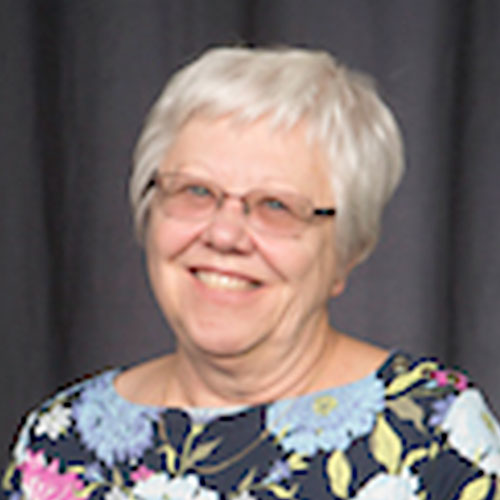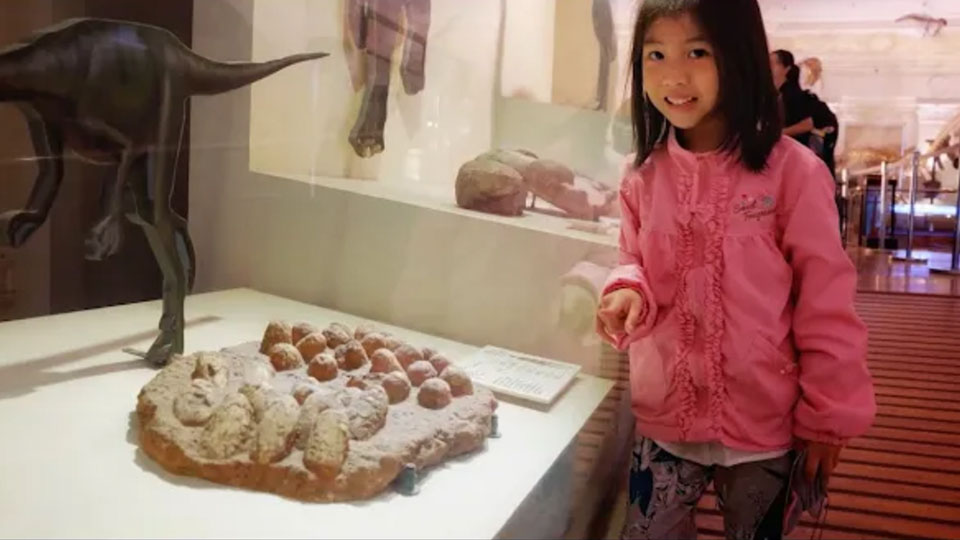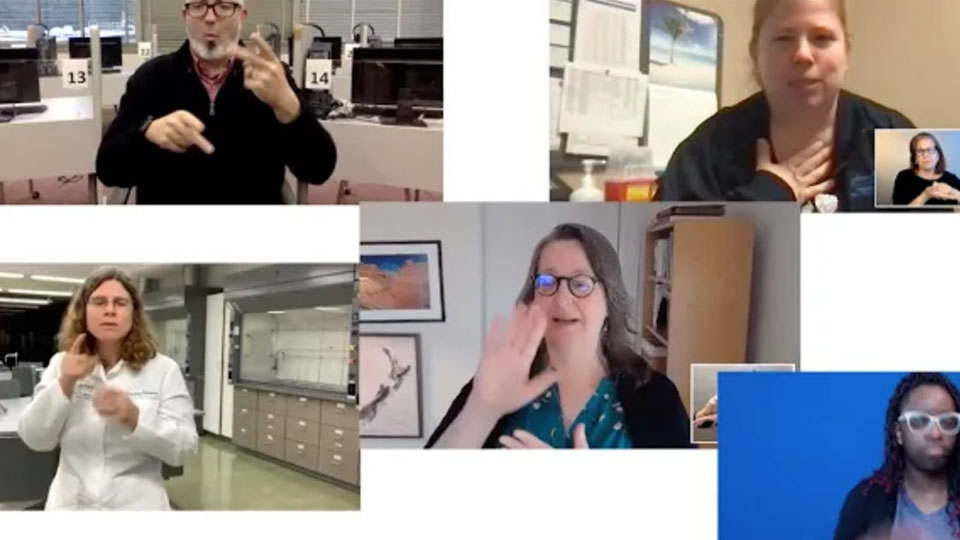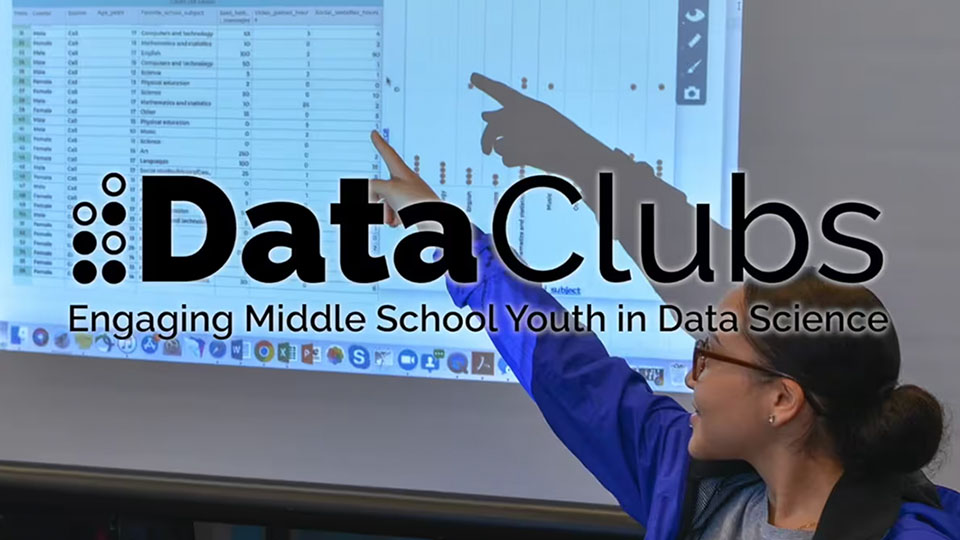Increasing STEM Signing Knowledge of Student Interpreters (2020)
Description
This video will showcase the unique and innovative features of a Signing Bioscience Dictionary (SBD) that was developed in the context of an IUSE Level 1 Exploration and Design project for undergraduate students enrolled in Lamar University’s Interpreter Training Program (ITP) to increase their American Sign Language (ASL) life science vocabulary. The video will highlight the need for the dictionary and process used for term selection. It will show the principles of Universal Design for Learning (UDL) that have been integrated into the interface. It will also share the methodology and findings from a formative evaluation in the context of three primary research questions used to investigate use and effectiveness in increasing knowledge and ability to sign life science terms and capacity to accurately and clearly interpret content taught in undergraduate biology courses. Comments and images of students using the SBD and instructors working with them will be integrated into the video. Emphasis on approaches used for design of the SBD as well as research findings will be relevant for those involved in preparing undergraduate ITP students to accurately and fluently interpret STEM content in pre-college and college settings. Expected learning objectives are for viewers involved in various aspects of interpreter training to become aware of the features of the new technology and ways of integrating it into ITP programs so as to create learning experiences that will lead to more students who are deaf or hard of hearing enrolled in STEM courses and pursuing STEM careers.
NSF Award: 1703343






